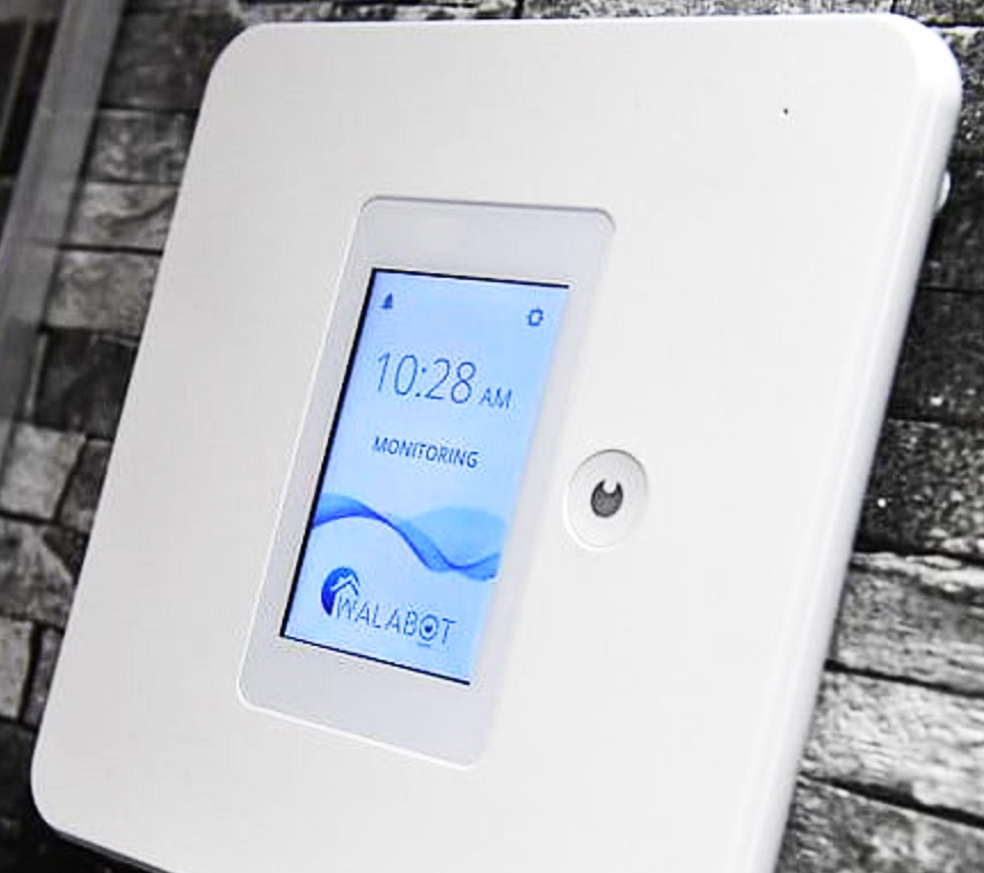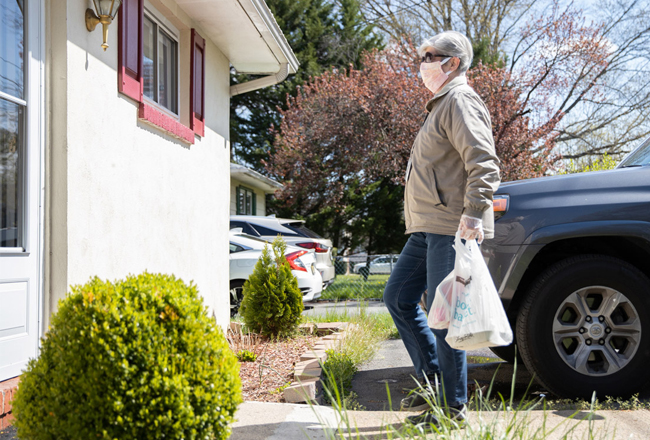The benefits ”” and potential pitfalls ”” of “aging in place” for the nation”™s seniors are being thrown into stark relief during the COVID-19 pandemic.
On the one hand, elderly persons are considered to be among the most vulnerable to the virus, and have been particularly encouraged to stay home.
On the other, feelings of isolation, helplessness and even panic can become more pronounced in the current milieu, as family members and friends are avoiding physical contact for safety reasons.

But while phone calls, FaceTime and Zoom can address some of those social needs, ensuring that seniors are maintaining their health care during this time can be of particular concern.
Tech firms such as Assisted Living Technologies say they have been addressing such concerns already, and are now working to promote their services further.
“We started 11 years ago, when we saw the need for this kind of approach, especially for those who didn”™t have caregivers all day helping them out,” said Nick D”™Aquila, the firm”™s chief information officer. “We wanted, and still want, to get them the help they need, including medications and providing the ability for other family members to check in with them, while still allowing them to continue living independently.”
Defined by the federal Centers for Disease Control and Prevention as “The ability to live in one”™s own home and community safely, independently and comfortably, regardless of age, income, or ability level,” the trend toward aging in place has been growing. According to a Kaiser Health News report, some 47 million Americans are aging in place, compared with 1.4 million seniors in nursing homes and 812,000 in assisted living facilities.
Those ratios seem unlikely to change in the near future, and not just because of pandemics. (Last week, Connecticut Department of Public Health Commissioner Renee Coleman-Mitchell said that 57 of the state”™s 215 nursing homes have reported virus-related infections among their populations. Besides separating COVID-19 positive persons from the rest of the residents, the state is looking into possible relocation sites for those who have tested positive.)
An AARP survey found 76% of Americans age 50 and older saying they preferred to remain in their current residence, and 77% saying they hoped to live in their community as long as possible. In addition, 59% said they thought they would be able to stay in their community, either in their current home (46%) or a different home still within their community (13%).

Assisted Living Technologies ”” based in Cheshire, with an office in Fairfield ”” is the first company of its kind in Connecticut to provide high-tech products designed to protect at-home seniors through a variety of approaches, D”™Aquila said.
Its offerings include a telehealth tablet that seniors use to monitor such vital signs as blood pressure, weight and blood oxygen saturation levels, which are then transmitted to a physician and/or family members via Bluetooth. D”™Aquila noted that the product only began to be offered about a month ago ”” timing he said was particularly fortuitous.
Other products include:
Wellness Remote Monitoring System, which tracks a senior”™s activities through wireless sensors that can be placed on beds, chairs, wheelchairs, etc. and throughout the home on doors, windows and in bathrooms without drilling. A private web dashboard allows caregivers to stay in touch, set reminders and track wellness.
Medication management: Electronic, pre-filled dispensers alert seniors when to take meds, automatically opens correct compartment and alerts caregiver if a dose is missed; a second model includes a lock feature to prevent unauthorized or erroneous opening.
Fire prevention: Sensors automatically turn off a stove if an unattended pot is left cooking or smoke is detected, and can perform similar functions with microwave ovens.
Fall prevention: The wall-mounted Walabot HOME ”” about the size of an iPad, D”™Aquila said ”” continuously monitors for a fall using radio frequency sensors without pushing a button or wearing a device.
Emergency Response: Solo and Smart Watch are alternative emergency response systems that don”™t require a pendant. The cellular systems work without a landline and are intended for use outside of the home.
“We have virtual tours and video chat on our website as well, for people thinking about our products but are hesitant to come visit us in the current situation,” D”™Aquila said. “Our whole approach is about inspiring safety.”



















